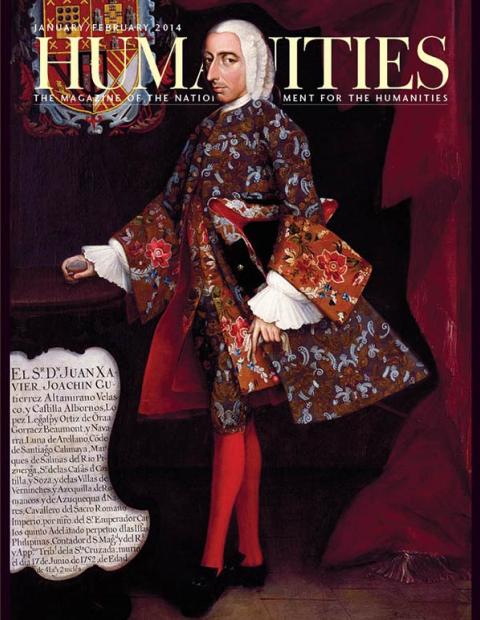Texas has its Cadillac Ranch in Amarillo—a lineup of nose-diving, half-interred luxury vehicles with psychedelic paint jobs. Near the Natural Bridge in Virginia looms Foamhenge, life-size and realistic but light enough for a druid or two to pick up and realign with the sun and stars as needed. And along a street in Boston, there’s the forty-foot-tall Hood Milk Bottle, a snack bar tucked in along the waterfront. Roadside attractions par excellence, all three are eye-catching, photogenic, and magnificently odd. Odder still by a mile was Miles Mahan’s Half-Acre Hulaville in Hesperia, California, west of Los Angeles, on the road to Las Vegas, the old road.
Hulaville was an eclectic marvel of bottle sculpture, arcane Americana, and vintage signage. Towering over the wacky realm was a wooden hula girl—part of a fifties-era restaurant’s come-on that Mahan acquired from a salvaging friend. Mahan was a self-published poet and former carnival worker who maintained the site for decades till he passed away in the late nineties. For many, he embodied Walt Whitman’s lyrical assessment of America’s love affair with highways and byways: “O public road . . . you express me better than I can express myself.”
“The world’s longest exhibit,” as Ontario, California’s Museum of History and Art likes to say, NEH-supported “Road Ways” surveys the changing roles of roads and streets in the United States from the latter nineteenth century on. How freeways came about at the expense of a much-touted street-car system in Southern California is one point the exhibit drives home, as well as the perfectly logical (when one thinks about it) support roads got from bicycle enthusiasts. The League of American Wheelmen was among the first to lobby for “good roads,” reminding all that sharing the road has always been a good idea.

